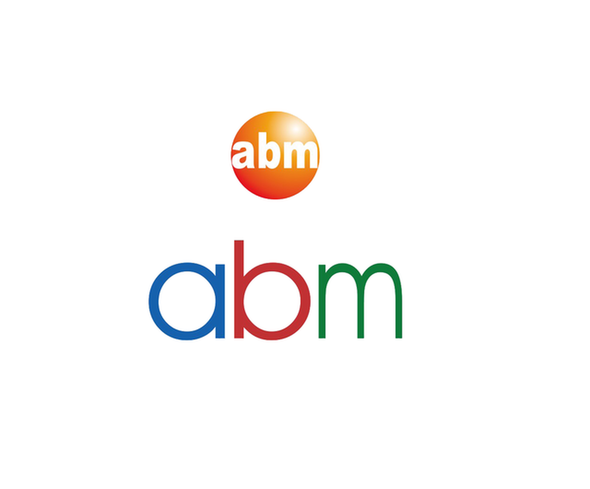abm human recombinant protein
Recombinant Human HCC-2 (CCL15) | Z100315
- SKU:
- Z100315
- Availability:
- 5 to 7 Days Shipment
Description
abm | Recombinant Human HCC-2 (CCL15) | Z100315
CCL15 is a human chemokine which acts predominantly on chemokine receptor CCR1 and to a lesser degree on CCR3. It is a potent chemoattractant for monocytes and lymphocytes in vitro and, after i.p. application, CCL15 induces recruitment neutrophils, monocytes, and lymphocytes into mouse peritoneum. CCL15 is constitutively expressed in the gut and in the liver and was identified to circulate in human plasma. The N-terminus of CCL15 was found to be important to exert its full biological activity. HCC-2 shares significant sequence homology with CKb8 and the murine chemokines C10, CCF18/MRP-2, and macrophage inflammatory protein 1g, which all contain six instead of four conserved cysteines.
Functions:
The ED(50) was determined by the dose-dependent proliferation of human umbilical vein endothelial cells and was found to be <0.05ng/mL.
Organism:
Human
Source:
E. coli
Alias:
Macrophage Inflammatory Protein-5, MIP-5, HCC2, Chemokine CC-2, CCL15, Leukotactin-1, Lkn-1, MIP-1 delta, Mrp-2b, NCC-3, Small-inducible cytokine A15, MIP5, NCC3, SCYA15
Gene Symbol:
CCL15
Gene ID:
6359
Accession:
Q16663
Formulation:
Recombinant HCC-2 was lyophilized from a 0.2 μm filtered 20 mM PB,100 mM NaCl solution pH 7.5.
Solubility:
A quick spin of the vial followed by reconstitution in distilled water to a concentration not less than 0.1 mg/mL. This solution can then be diluted into other buffers.
Appearance:
Lyophilized Powder
Molecular Weight (kDa):
10
Molecular Weight 2 (kDA):
N/A
Molecular Weight 3 (kDA):
N/A
Purity:
>95% as determined by SDS-PAGE
Concentration:
<1.0 EU/μg of recombinant protein as determined by the LAL method.
Shipping Condition :
Ambient Temperature
Storage Condition:
The lyophilized protein is stable for at least one year from date of receipt at -70°C. Upon reconstitution, this cytokine can be stored in working aliquots at 2° - 8°C for one month, or at -20°C for six months, with a carrier protein without detectable loss of activity. Avoid repeated freeze/thaw cycles.






